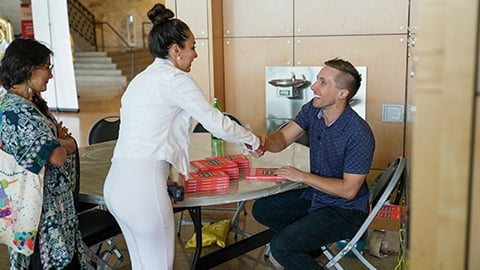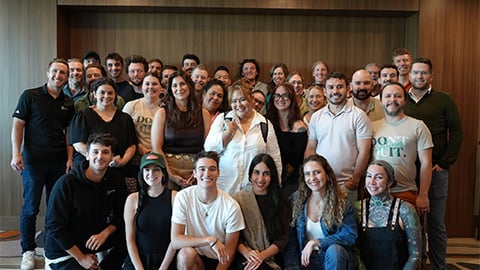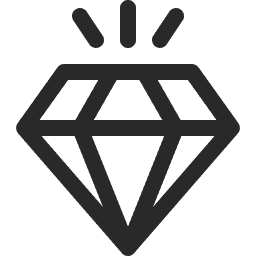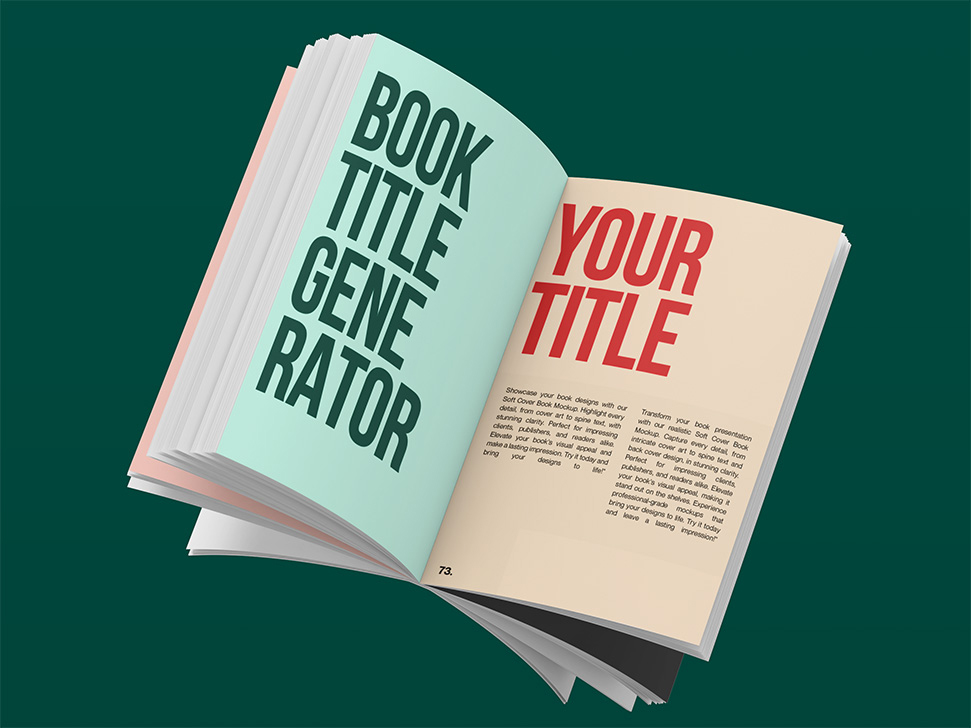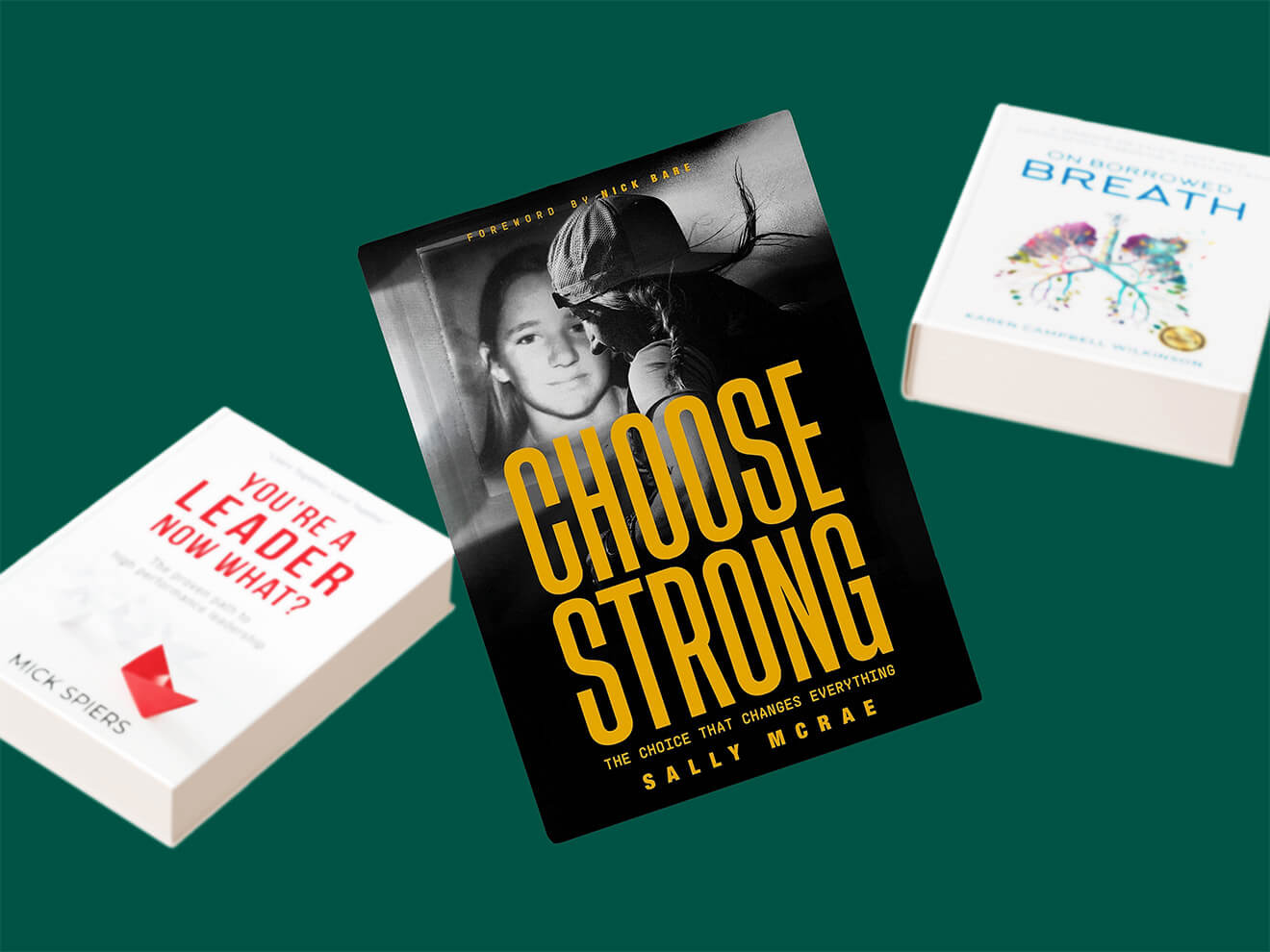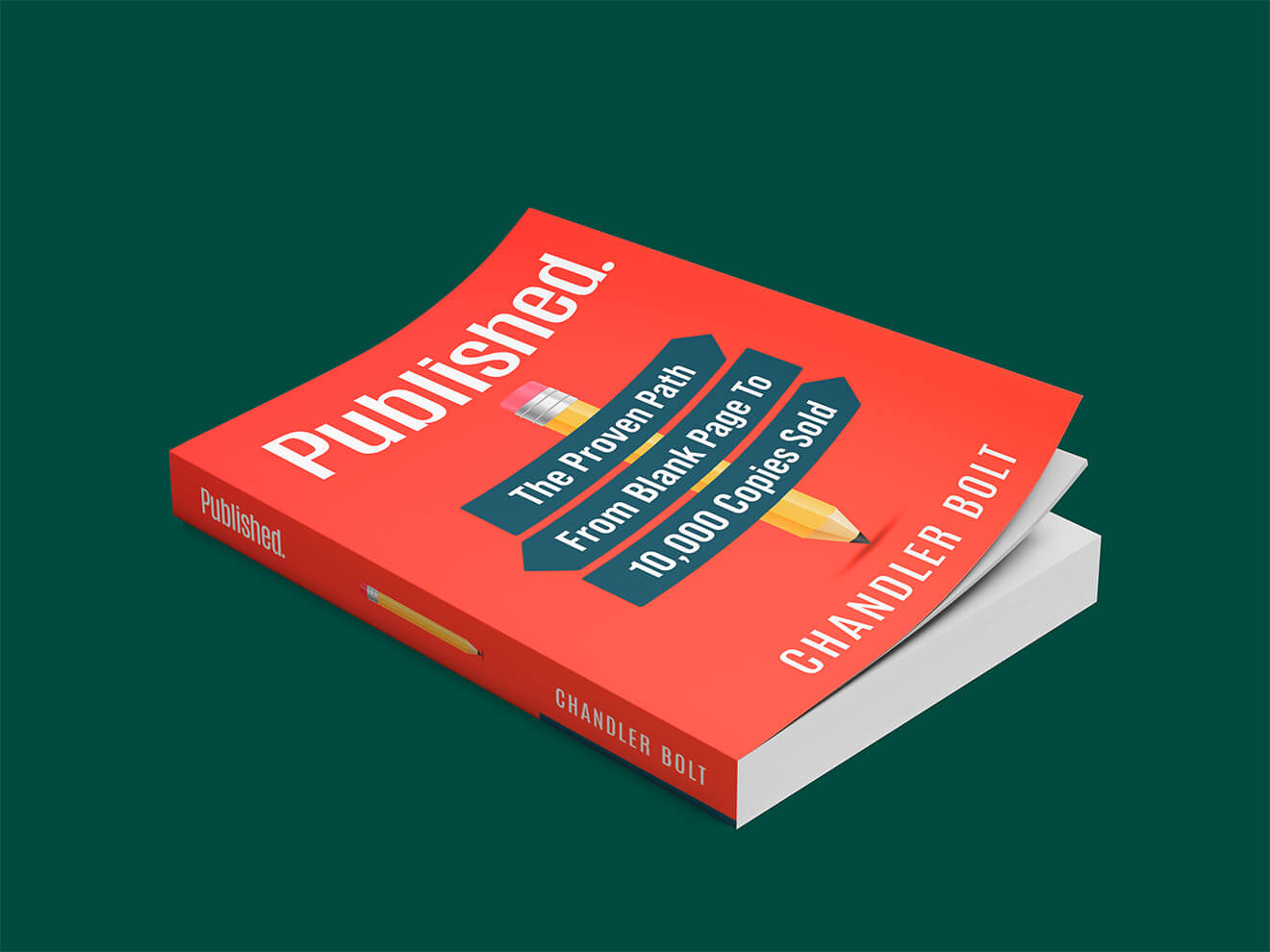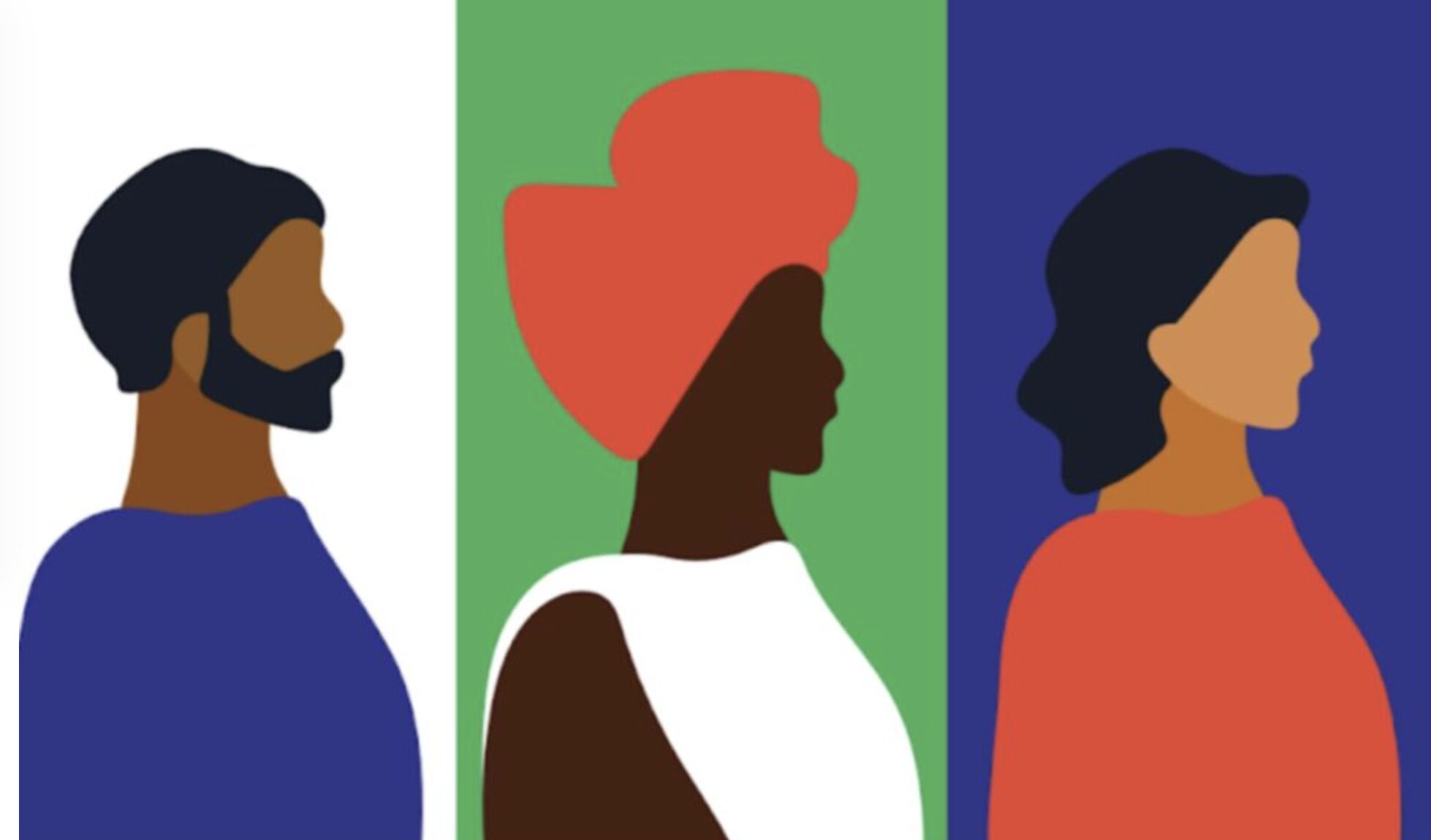Are you an independent author looking for the best publishers for children’s books to submit your work to?
Of all the types of book out there, children’s books are never going away. There will always be a demand for fresh books aimed at youngsters in schools, libraries, and homes.
Finding the right book publisher for your book requires research. Do you like the company’s background and values? Does the publisher have a good reputation for publishing books similar to your own? When you browse their catalog, can you imagine your book alongside the others you see?
To help you find the best publishers for children’s books, we’ve gathered together a list of 15 of the top publishing companies open to submissions from unagented authors.
Should you use traditional publishers for children’s books or self-publish?
It’s no surprise that we advocate for the independent route – but it’s not without reason! We truly believe there are compelling advantages to self-publishing instead of going the traditional route with one of the many publishers for children’s books.
One of the biggest challenges authors face is finding specialist literary agent’s for children’s books. But what if there were a simpler and faster option?
If you choose the self-publishing path, you benefit from:
- Speed. Most of the publishers for children’s books listed in this guide take six months or more just to respond to submissions—never mind the full publishing timeline. When you self-publish, you skip the long waits and get your book into readers’ hands much faster.
- Freedom. As a self-published children’s author, you have complete creative control. From the content and illustrations to the launch and marketing strategy, every decision is yours to make.
- Income. Self-publishing also means keeping a larger share of your royalties—unlike traditional publishers for children’s books, where a big cut often goes to intermediaries.
If you’re curious about what self-publishing looks like for a children’s book author, our team is here to help. We’ve just launched a comprehensive program designed to guide you every step of the way toward meaningful success.
Whether you decide to self-publish or partner with one of the reputable publishers for children’s books featured in this guide, we wish you every success on your journey to becoming a published author!
Should you work with a children’s book literary agent?
If you’re considering the traditional publishing route, partnering with a children’s book literary agent might seem like the logical next step. Agents act as the gatekeepers to many of the major publishing houses, and they can play a valuable role in shaping your publishing career. But is it the right move for every author? Let’s break down the pros and cons:
Pros of working with a children’s book literary agent
Access to major publishers
Most large publishers for children’s books – especially the Big Five (like Penguin Random House, HarperCollins, and Simon & Schuster)—do not accept unsolicited manuscripts. A literary agent can get your work in front of top editors who wouldn’t otherwise consider it.
Professional manuscript guidance
A good agent offers editorial feedback to strengthen your manuscript before it’s submitted to publishers. This can improve your odds of landing a deal.
Contract negotiation
Agents understand publishing contracts and will negotiate on your behalf to secure better royalty rates, rights retention, and advance payments.
Long-term career development
A strong agent relationship can go beyond just one book. Many agents help shape an author’s career, guiding future projects and long-term strategy.
Cons of working with a children’s book literary agent
It’s very competitive
Agents receive hundreds (if not thousands) of submissions a month. Landing one can take months of querying—and many rejections. Even then, getting a publishing deal is not guaranteed.
Loss of creative control
Once an agent takes you on and sells your book, the publisher often takes the reins on illustration, formatting, release date, and marketing decisions. If full control matters to you, this could be a drawback.
Commission-based earnings
Agents typically take 15% of your earnings, including advances and royalties. While they often earn that cut by securing better deals, it’s still something to consider, especially if margins are tight.
Slower timeline
The traditional publishing process is slow. It could take 6–12 months just to land an agent, then another 12–24 months before your book hits shelves—if all goes well.Bottom Line
How much can you make selling children’s books on Amazon?
The earning potential from selling children’s books on Amazon varies widely, depending on several key factors—your pricing, royalties, marketing strategy, and book quality. That said, here’s a realistic breakdown to help you understand what you could make:
Low-end (Hobbyist/First-time authors)
Many first-time children’s book authors make $50–$200 per month in the early stages. This level typically includes minimal marketing and a limited number of reviews or visibility on Amazon. Success here depends on how well your book is optimized for Amazon’s search and how much effort goes into promoting it.
Mid-level (Active self-publishers)
Authors who treat their children’s book like a business—investing in quality illustrations, keyword research, and marketing—can make $500 to $2,000+ per month. These authors often have more than one title and may use strategies like Kindle Direct Publishing (KDP), Amazon ads, and email lists to grow their audience.
High-end (Top-selling authors)
Top-performing self-published children’s authors—especially those with a well-developed brand or series—can make $5,000 to $10,000+ per month, and in some rare cases, six figures annually. This usually involves multiple books, professional branding, and a strong sales funnel outside of Amazon (e.g., a website, email list, or social media presence).
Profit Breakdown
Let’s say you self-publish a paperback via Amazon KDP:
- Retail Price: $10.99
- Printing Cost: ~$2.15
- Royalty (60% of list price): $6.59
- Your Profit per Sale: ~$4.44
If you sell 300 copies a month, that’s over $1,300 in monthly profit – from one book.
Royalty averages for children’s books
Traditional publishing
If you work with a traditional publisher (whether through a literary agent or direct submission) your royalty rates will typically look like this:
| Format | Royalty Rate |
|---|---|
| Hardcover | 10–12% of list price |
| Paperback | 6–8% of list price |
| eBook | 25% of net revenue |
| Advance | $1,000–$10,000 (one-time, against royalties) |
What this means:
- If your hardcover children’s book sells for $18.99 and you earn 10%, you’d make $1.89 per copy.
- If your agent is involved, they’ll typically take 15% of what you earn.
Self-publishing
When you self-publish a children’s book (e.g., via Amazon KDP), your royalty is much higher – but you also carry the production and marketing costs.
| Format | Royalty Rate |
|---|---|
| Paperback (KDP) | 60% of list price – printing cost |
| eBook (KDP) | 35% or 70% (based on pricing) |
The 15 best publishers for children’s books
Here are the top 15 publishers for children’s book, whether you are looking to publish traditionally or independently.
Arbordale Publishing

Arbordale Publishing offers young people books that are both educational and fun. Their educational focus is on encouraging a love of STEM topics in their readers. Books published by Arbordale combine a fun but educational story with a practical exercise section at the end to help consolidate learning.
Arbordale is looking for submissions that are in harmony with its STEM focus. If you’re interested in publishing with Arbordale, read their guidelines carefully, as they break down exactly what they do and don’t want. If you are accepted by Arbordale, you will receive a small advance against your future royalties.
Astra Publishing House

Astra Publishing House has over thirty years of experience offering books of various types to young readers. The children’s book publishing company doesn’t have a particular philosophical focus and offers a wide mixture of different titles. However, they state that all their books have the fundamental focus of providing information and entertainment, no matter the age of the reader.
They only open up for submissions periodically, so be sure to check back if they aren’t accepting new books when you check them out.
Candlewick Press

Candlewick Press started back in the early 90s, originally offering top-quality picture books before expanding to offer many different genres for young readers. It is one of the more commonly known children’s book publishers today. Candlewick are proud of their commitment to truly independent publishing and helping their authors and illustrators to produce books that young readers love.
Candlewick accepts submissions from both authors and illustrators. Sometimes, the company states that they aren’t interested in manuscript or art submissions at a particular time, so be sure to check back if you notice that.
Charlesbridge

Charlesbridge aims to serve young readers through books that focus on positivity, wonder, and fun. Titles from Charlesbridge aim to engage young readers by encouraging lifelong learning and further activities within the classroom and home.
If you are interested in publishing with Charlesbridge, you need to submit a digital manuscript as they are not interested in receiving hard copies.
Chicago Review Press

Chicago Review Press has been active in the independent publishing world for almost 50 years. The company currently has over 1000 titles in print and aims to encourage diversity and inclusivity by championing minority authors of various racial, gender, and disability backgrounds.
If you have a children’s book that is not a picture book, you are eligible to submit to Chicago Review Press. They suggest sending a query rather than a manuscript initially.
Flashlight Press

Flashlight Press is based around the simple mission of providing books shining a light on family and social situations aimed at young readers. The company has a small core team of six people but offers a wide catalog of books, including many award winners.
Flashlight Press welcomes submissions from both authors and artists. If you have a fictional children’s picture book, reach out to Flashlight and see if it’s a good fit.
Flying Eye Books

Flying Eye Books is an imprint of Nobrow aimed at younger readers. The publisher’s main objective is to offer beautifully designed reads based on visual content for children. Flying Eye not only translates their own books into international languages to serve young readers across the globe but also translates the work of international authors to be enjoyed by the Anglosphere.
If you think your book is a good fit for the Flying Eye and Nobrow approach to publishing, you should check out their submission guidelines. Unlike a lot of other children’s book publishers, Flying Eye promises they will get in touch even if you are rejected.
Free Spirit Publishing
Free Spirit Publishing is a children’s book company with a purpose. They aim to do more than entertain young readers with their books – they also want to equip them with the information and skills they need to navigate the difficult moments in life, such as facing bullying and building self-esteem. Former teacher Judy Galbraith founded Free Spirit in 1983 to fill the gap she noticed for books that aimed to nurture young people.
Free Spirit Publishing is open for submissions for both educator resources and children’s and teen books. Check out their guidelines to see if your book is a good fit.
Hogs Back Books
Hogs Back Books is based out of Wiltshire, England, and offers a mixture of books for younger readers of various ages. At this time, Hogs Back features picture books for the youngest readers out there, books for readers up to the age of 14, and fiction for teenagers. It is a children’s book publisher that caters to various age levels.
If you have a suitable book aimed at readers of 10 years old or younger, you can check out Hogs Back Books’ submissions guidelines PDF here.
Holiday House

Holiday House has a special place on this list as it is the oldest publisher in America to focus solely on books for younger readers. The company started offering children’s books back in 1935 and hasn’t looked back since. As well as offering books for children and young adults, Holiday House publishes a series of books for people just learning to read titled I Like to Read.
You can check out the full Holiday House submissions guidelines here. They are looking for full manuscripts rather than summaries and are open to physical or digital submissions.
Kane Miller

Kane Miller offers children’s books that reflect the diversity of the world and aim to explore and celebrate cultural similarities and differences alike. The publisher has a wide selection of titles, featuring everything from books for babies through to a series of official Bear Grylls books for young readers.
You can submit either artwork or a full manuscript to Kane Miller. Submissions are by email only and Kane Miller aims to respond within 10 to 14 weeks.
Kids Can Press

Kids Can Press is based in Canada and has offered socially responsible children’s books since 1973. At this time, Kids Can has a catalog featuring over 600 titles. Some of the themes found in Kids Can books are impressive, tackling issues such as unconscious racial bias in an understandable way that young minds can grasp.
You can submit your work to Kids Can Press via mail. Kids Can have put out a statement saying their offices are closed until after the pandemic is over, so reach out to them for confirmation of when they will reopen.
Lee & Low Books

Lee & Low Books describes itself as the largest publisher of diversity-focused books for children in the United States. Since 1991, Lee & Low has published books with a particular focus on supporting minority-Ethnic artists and unpublished writers. Their stories focus on modern, contemporary topics that are intended for every child to enjoy, no matter their background.
Although Lee & Low does accept unagented submissions from time to time, they currently do not. You can still get in touch via an agent or make contact directly at a writing conference. Lee & Low also encourage authors who are writing a children’s book to start a relationship by entering one of their writing contests.
Phaidon
Phaidon is a fairly highbrow publisher that mainly features adult books covering topics such as art, architecture, and fashion. However, they also publish children’s books. Their children’s titles cover everything from typical stories through to more unusual offerings like a children’s guide to Jackson Pollock.
Phaidon considers submissions for board books, novelty books, and picture books aimed at the 0-8 age bracket.
selfpublishing.com

selfpublishing.com and our sister site, Self-Publishing Schoo, are trusted leaders in the self-publishing space, especially for first-time and aspiring children’s authors. We specialize in helping everyday writers publish high-quality books – without the long wait times, gatekeeping, or reduced earnings that come with traditional publishing.
We even have a special Children’s Book Program that offers step-by-step support for writing, publishing, and marketing your book. It includes:
- Personalized coaching from published children’s authors
- Guidance on illustration, layout, and printing
- Tools to launch and sell your book effectively
- Lifetime access to training and resources
This program is ideal if you’re overwhelmed by the publishing process or want to make sure your book meets professional standards while maintaining full creative control.
Because it’s self-publishing, you keep full ownership of your book and earn a significantly higher royalty rate than you would through a traditional publisher – often 40–70% of the book’s sale price, compared to just 6–12% in traditional publishing.
You’re also in charge of pricing, marketing, and updates, which means you keep more profits and control the long-term future of your book.
Get your book out in the world
Choosing the right partner is a pivotal step toward bringing your children’s book to life – whether through one of the established publishers listed here or by taking the self-publishing route. Each option has its unique strengths: traditional publishers offer industry infrastructure and prestige, while self-publishing gives you full creative control, higher royalties, and a faster path to publication.
If you’re looking for trusted publishers for children’s books with solid track records, this curated list includes reputable names still thriving today. And, if you’re eager to retain rights, keep a larger share of royalties, and navigate your own author journey, self-publishing remains an empowering option.
Ultimately, your story, your vision, and your goals should guide your choice. And whichever path you take, you’re not just publishing a book – you’re opening a door for young readers to discover a world of imagination and wonder.



